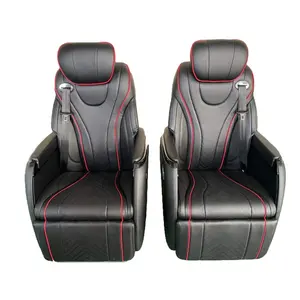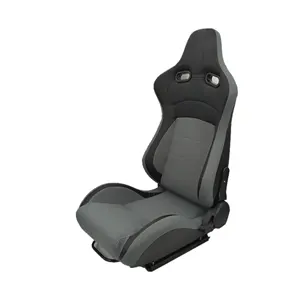
Hot Sale Luxury Car Seats Electric Best Luxury Car Seat For Vip / Vans / Luxury Seats For Business Vip Van

Popular Marine Accessories Double Pontoon Boat Seats Folding Back Bass Boat Seats Black White Professional Fishing Helm Seat
















JDM bucket seats, a sought-after category of automotive seating, cater to enthusiasts seeking a blend of comfort and performance. Originating from the Japanese Domestic Market, these seats are designed to provide a snug fit, reducing movement during high-speed maneuvers. Their popularity has surged among racing aficionados and car customizers globally.
The ergonomic design of JDM bucket seats is pivotal, focusing on the contours of the human body to offer superior support. The side bolsters are pronounced, cradling the occupant securely, which is essential during spirited driving. Materials such as high-density foam and strategic padding enhance long-term comfort.
Durability is a hallmark of these seats, with construction often involving a combination of steel frames and molded foam. Upholstery options vary, including fabrics like breathable mesh, practical synthetic leather, and premium alcantara, each offering a different aesthetic and tactile experience without compromising on longevity.
Variety in JDM bucket seats ensures compatibility with a wide range of vehicles. From fixed-back to reclinable models, the selection caters to diverse preferences and requirements. Mounting systems and dimensions are critical; hence, compatibility with different car models is a key consideration for buyers.
While commonly associated with racing, JDM bucket seats are not limited to the track. They are increasingly installed in street cars for drivers desiring a sportier interior and improved driving experience. Their application extends to various automotive disciplines, from drifting to time-attack challenges.
The advantages of JDM bucket seats are manifold. They offer a reduction in weight compared to standard seats, contributing to overall vehicle weight savings. The design also aids in a lower center of gravity, which can enhance vehicle handling. Moreover, the snug fit provides better feedback from the car, allowing drivers to react more swiftly to driving dynamics.